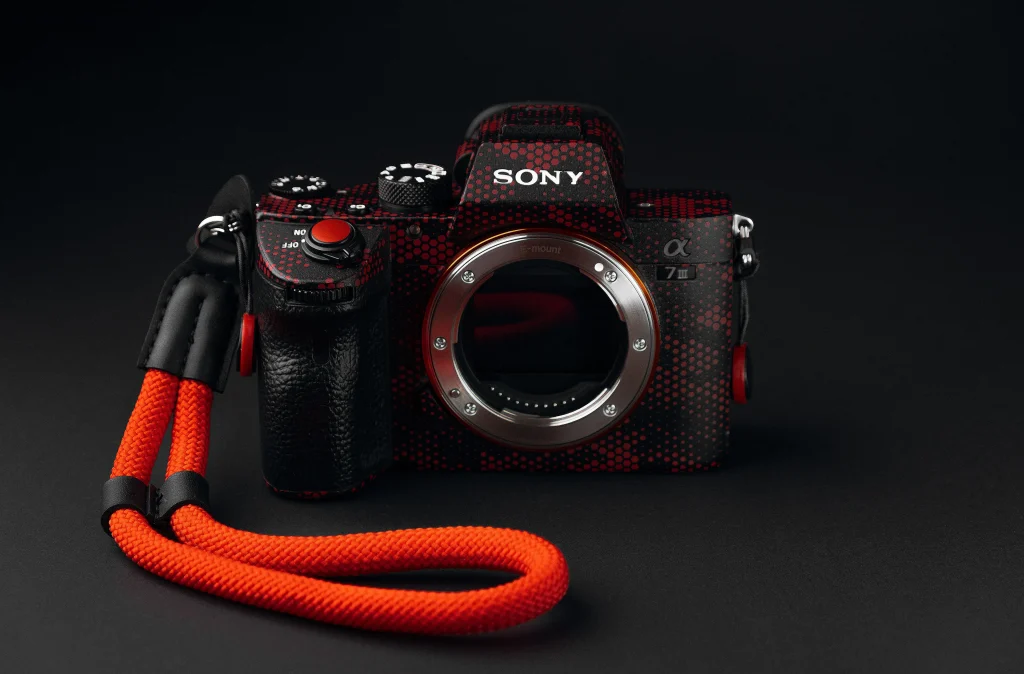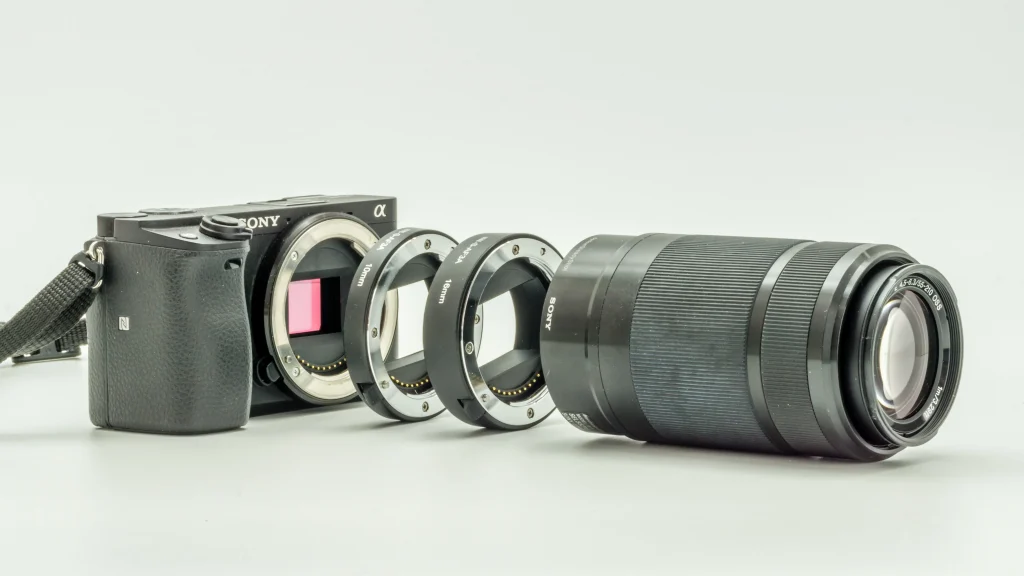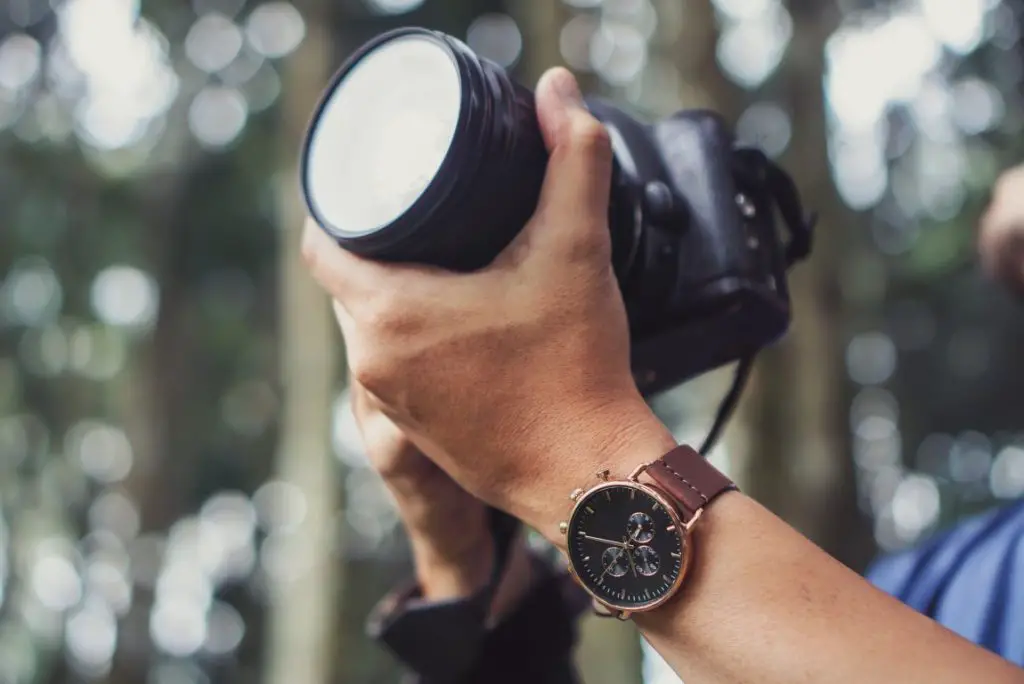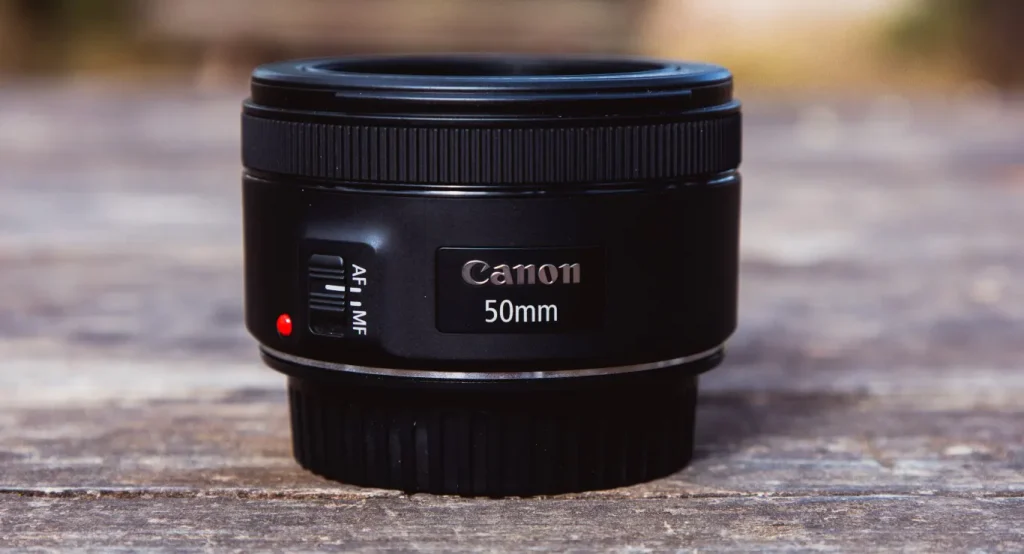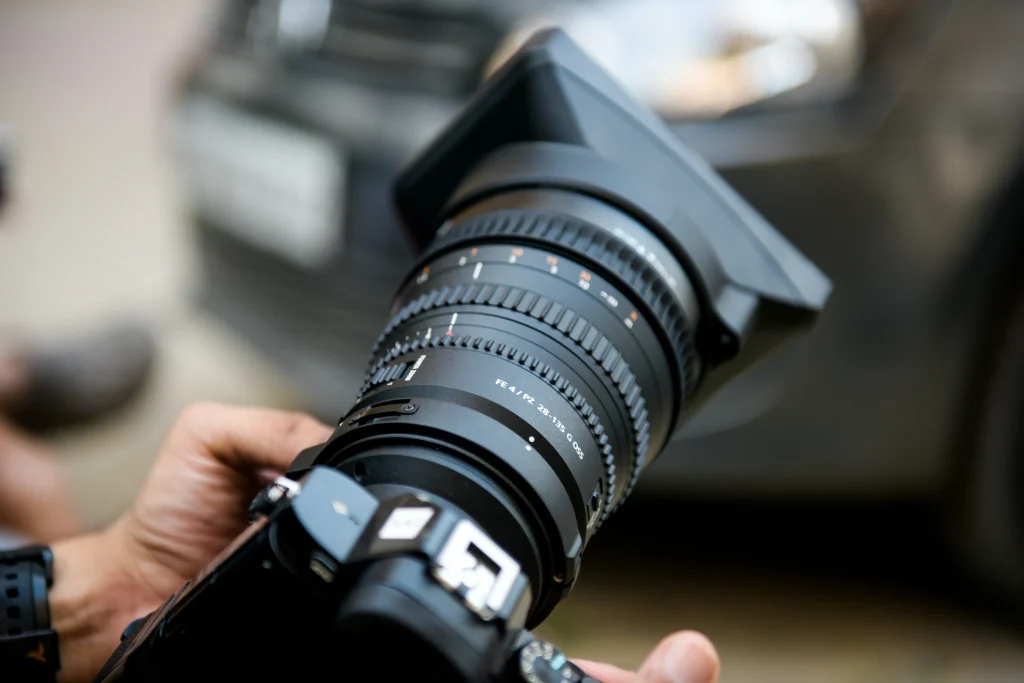
Product photography, though a commercial activity, is an art.
You need to have a flair for arranging one or more products to make them look appealing. Also, you need to draw the eyes of the onlooker into the product you are trying to sell.
Apart from your creativity, an important thing you need to have, to take good photographs is an apt camera. You need to ensure that you choose the right focal length.
So in this article, we will talk about what is the best focal length for product photography with related information.
No more wait, Let’s dive in!
What focal length is best for product photography?
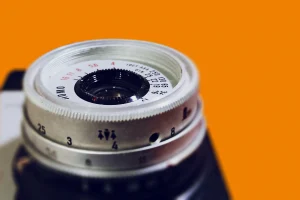
The best focal length for product photography depends on the type of camera you have. It can be anywhere between 35mm to 100mm.
| For a crop sensor device | A lower limit of 35mm An upper limit of 60mm |
| For a full-frame device | A lower limit of 50mm An upper limit of 100mm |
This will ensure that you click the best product images with your camera and give you the perfect product pictures.
What does focal length mean in photography?

When you think about a camera, you would naturally also think about its lens. After all, lenses are directly responsible for capturing an image.
Cameras use different types of lenses for improving the quality of the picture in terms of its size and errors. They use a combination of concave of concave and convex lenses.
Depending on the type of lens, the focus is the point from which a ray of light converges or diverges. It is a point on the axis of the lens.
Focal length is the distance from a point on the axis of the lens to the sensor of the camera lens. Therefore, it is an optical feature and not a measure of any physical trait of the lens.
However, it is an important aspect of a camera.
Why is focal length important?
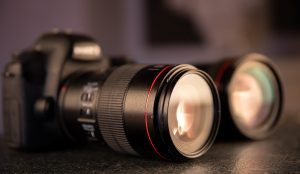
Focal length is a defining feature of a camera lens. It gives a sharp or clear image of the object. Moreover, it determines how your image looks.
It impacts how zoomed in or out your image is.
It means that the focal length will influence how much background your camera captures.
So, if you need a lot of background, you would want to use a shorter focal length. Such cameras have wide angles.
It also affects the depth of field.
As technical as the term sounds, it is simply a measure of how many clear objects you can get in one frame. It is the highest of the shortest distance between any two objects in the picture.
A shorter focal length has a large depth of field. This means that it can have two objects which are quite far away from each other and still offer a clear image.
On the other hand, a longer focal length has a smaller depth of field. This means that it can offer clear images only if objects are relatively closer to each other.
It affects the space in your picture.
This is because it changes the size of the objects in the image. The space in your picture is inversely related to your focal length.
Thus, if your focal length is less, it increases the space in your image. On the contrary, if the focal length is more, the space will be less. It makes the objects appear closer to each other than they actually are.
Thus, if you want to create the illusion of space between products, you could go with a shorter focal length.
Focal length is also related to image quality.
This is because longer focal lengths make cameras more vulnerable to movement. Thus, they result in blurred images. If you are like everyone else, you want to avoid blurred images.
But what if you also want to use a lens with a comparatively longer focal length? Then, you have to reduce how much the camera moves. The best way to do this is by using a stand that will hold the camera still.
This way you can take great images with the camera of your choice.
Focal lengths for product photography
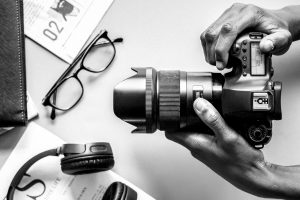
According to your camera, you should use a focal length that does not cause many errors. A focal length that is too short can cause distortions. This will compromise the quality of your image.
That said, here are some focal lengths you can consider:
- Focal length between 35mm to 100mm
- Focal length 50mm
- Focal length between 75mm to 100mm
- Focal length 200mm
- Zoom lens between 24mm to 105mm
Focal length between 35mm to 100mm
You can go for focal lengths with wide angles if you want to tell a story with your picture. It means that you will include a lot of things other than just the product in the picture. In this way, you will be able to show the many uses of the product.
Thus, the person who is looking at the picture would understand the product well. Also, they may be able to imagine using the product to fit their needs.
If this sounds like something you want to do, you should pick a focal length between 35mm to 100mm.
Focal length 50mm
If you want to capture your product just as it is, then you could use a lens that is close to the human eye. The focal length of such a lens is 50mm.
Using this, you would be able to depict the product accurately. This has become increasingly important in online purchases, especially with people returning products for slight deviations from the picture.
Focal length between 75mm to 100mm
If you have a product that has many intricate details, you surely don’t want to miss out on those. Instead, you would love to highlight its beauty and details.
In this situation, you want to use a lens with a focal length above 70mm. However, you should be sure to keep the lens shorter than 100mm.
Focal length 200mm
If due for some reason, you cannot use these focal lengths, you can also use 200mm.
However, you should use this only if the background does not matter.
Zoom lens between 24mm to 105mm
Further, you can also use a zoom lens between 24mm and 105mm. They will still give you good pictures, although with slightly less sharp images.
Best recommended cameras for product photography
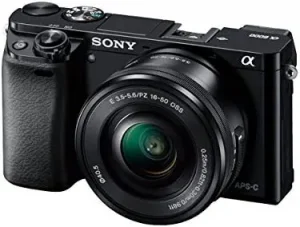
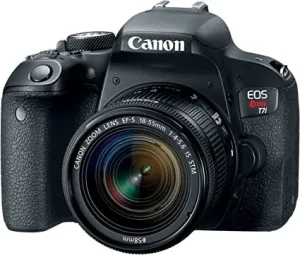
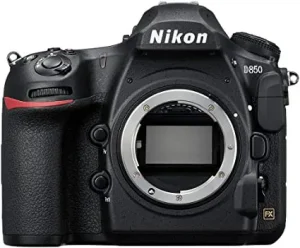
| Camera | Resolution | Why is it good for product photography? |
| Sony a6400 | 24MP | autofocus |
| Canon T7i | 24MP | accurate images, touch screen |
| Nikon D850 | 45MP | High image quality, low noise |
Conclusion
While focal length is an important parameter, you must also balance it with other factors when buying a camera.
You should understand the different parameters affected by focal length and then make a decision that suits you best.
Justin Parker is a professional photographer and has been in the industry since 2007. He attended the University of Georgia. Justin combines his passion for photography and his interest in writing to give life to this blog which talks about photography in order to help and inspire young photographers.

